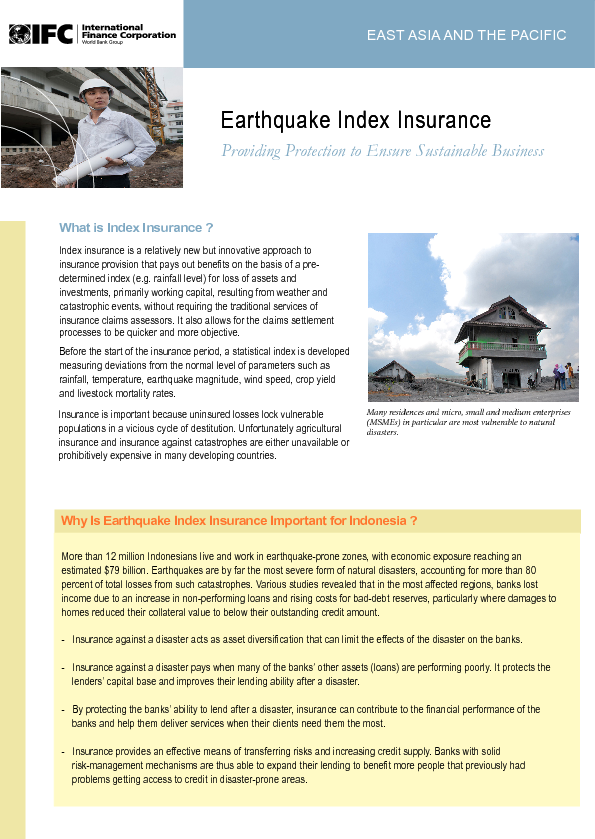
Product design

52% of the population in Haiti lives in rural areas. However, Haitian agriculture historically remained unprofitable and financial credit to agriculture represents less than 1% of the total loan portfolio of banks. As a consequence, 60% of the food consumed in Haiti is imported. Agricultural production is severely affected by natural catastrophes such as excessive rain, hurricane strength winds, and droughts.
Cattle production is a key economic activity in Uruguay, contributing nearly 50% of the value of exports. However beef cattle production is heavily exposed to the effects of weather events. On several occasions, droughts have resulted in livestock loss and reduction in productivity and fertility of surviving cows.
With the amendment of the Insurance act in 2011, the IRA of Uganda has become in charge of the regulation of micro-insurance. One of the main products considered under this business is a microinsurance product for farmers which would enhance their access to credit.
